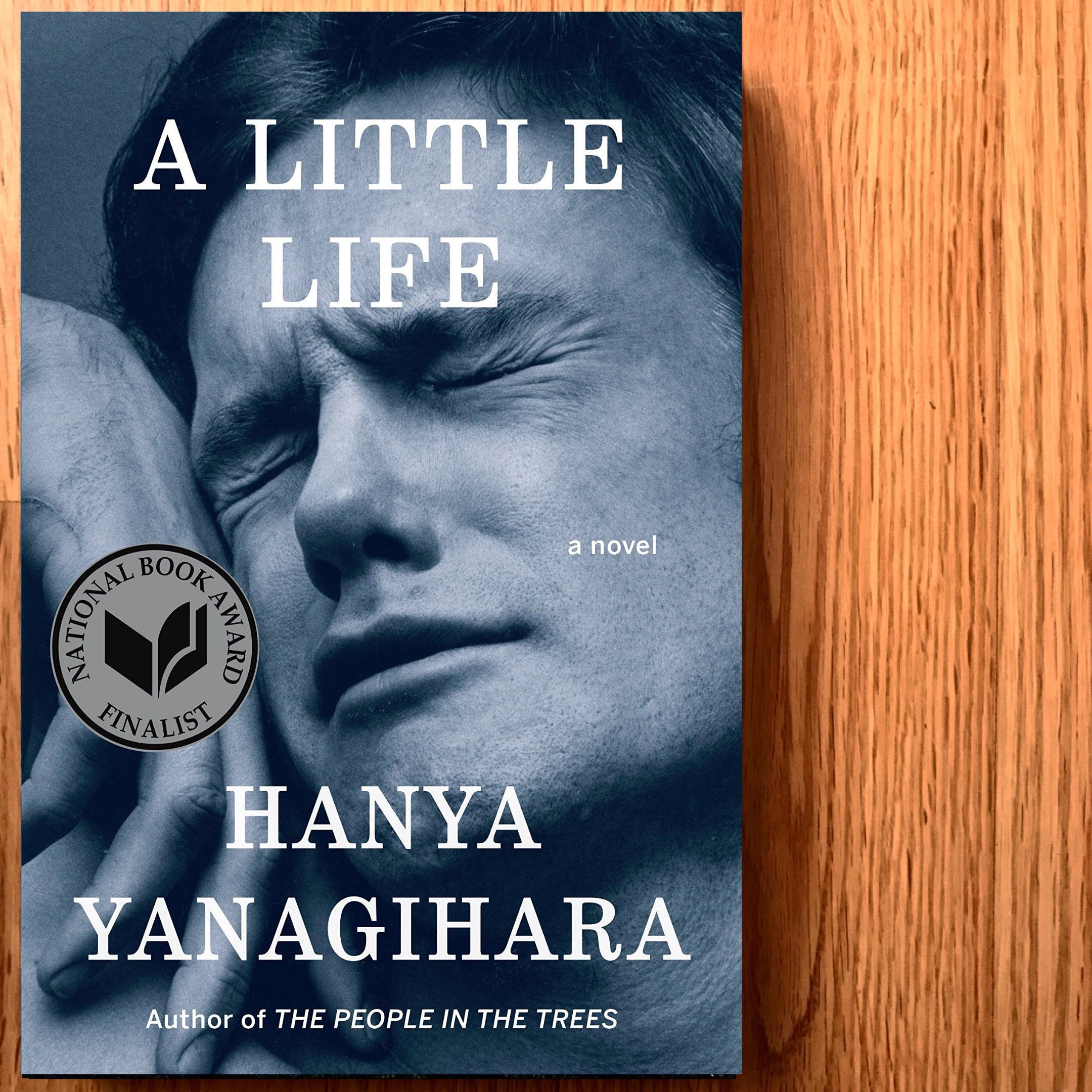By Fayth Simmons
Content Warning: Reference to Sexual, Physical, and Emotional Abuse, Self-Harm, and Suicide
A Little Life marks the second novel by author and editor-in-chief of T: The New York Times Style Magazine, Hanya Yanagihara. First published in 2015, it has become a critically acclaimed bestseller and recipient of multiple literary awards, including finalist standing in the running for the 2015 Man Booker Prize. The novel explores the dichotomy of humanity. Despite touching on traumatic themes of abuse, the overarching tone is not one of singular darkness—beauty is interspersed throughout, holding space between the characters and their relationships. Despite the trauma, there is love. Despite the loss, there is still life.
The plot primarily follows the lives of four friends from the beginning of their friendship at college as young adults and into middle age. Though each of the four characters is developed individually, the context generally hinges upon the central character of Jude, a brilliant yet very burdened individual with a layered past. Though a successful lawyer in New York City, Jude suffers privately for reasons that are disclosed intermittently throughout the book in the form of flashbacks. He walks with a distinguishing limp and suffers from associated nerve damage in his spine. These are due, as he explains to his friends, to an unidentified ‘car injury,’ the consequences of which are felt throughout the remainder of Jude’s life.
As the plot continues, the character development of the remaining group members centralizes upon their interactions with Jude, and their varying degrees of proficiency in understanding his complex identity. Willem, Malcolm, and JB are each very successful in their chosen fields. Willem emerges as a leading actor slightly later in life, after years spent doubling as a waiter, while Malcolm and JB find simultaneous accomplishment in their artistic pursuits—Malcolm as an architect and JB as a painter. Each tries to understand and care for Jude in their own ways, but Willem and Jude grow to form the closest relationship within the group, the bounds of which expand as the characters grow older and face the multiple realities of hardship and heartache. It is Willem who Jude grows to trust the most, and to Willem who he chooses to slowly divulge the pains of his mysterious past.
A Little Life follows a chronological, third-person narrative, which shifts to accommodate the varying perspectives of Jude, Willem, Malcolm, and JB as they build their separate lives, and yet, still, almost helplessly, circle around each other, endlessly searching for the various faces of love, purpose, and place. This third-person narrative is punctured intermittently by a first-person narrative, told from the perspective of an older version of Jude’s adoptive father, Harold, another key character within the novel, and one central to Jude’s experience of familial care. It becomes known later in the plot that Jude suffered from sexual abuse as a child, and this trauma haunts him as an adult. Despite his dark past, however, the book draws largely on themes of love and the overarching power of caring relationships. The complex dynamics between characters are analyzed to form the basis of the novel—a novel that is arguably breathtaking in scope, and technically brilliant, with poetical tones and sharp prose that together deliver a narrative at its best.

